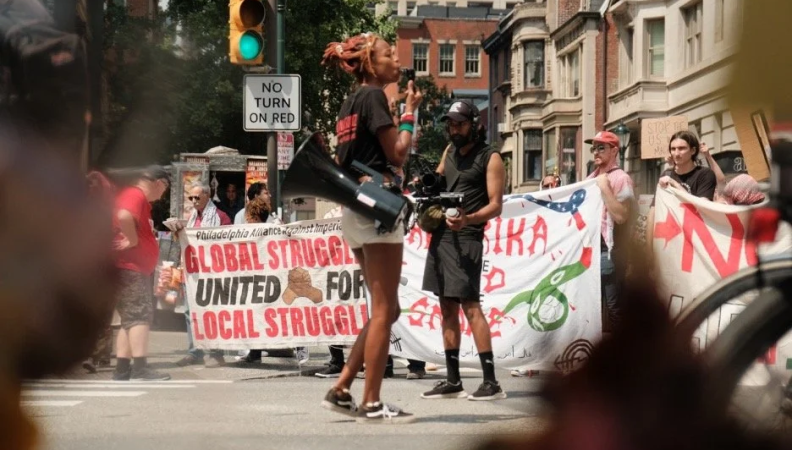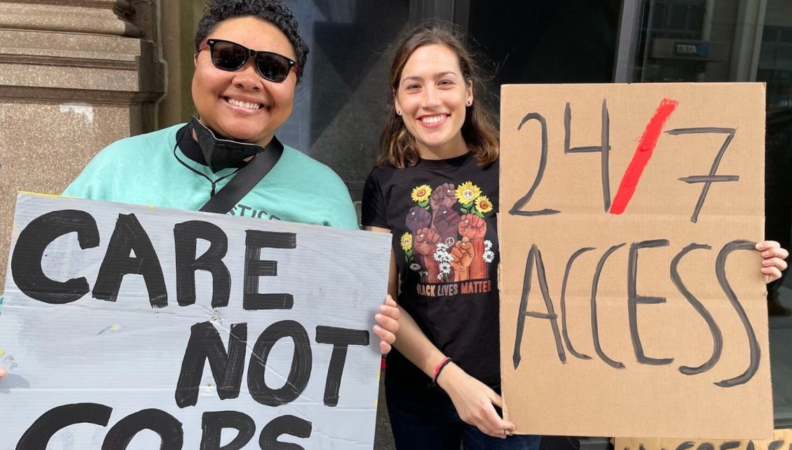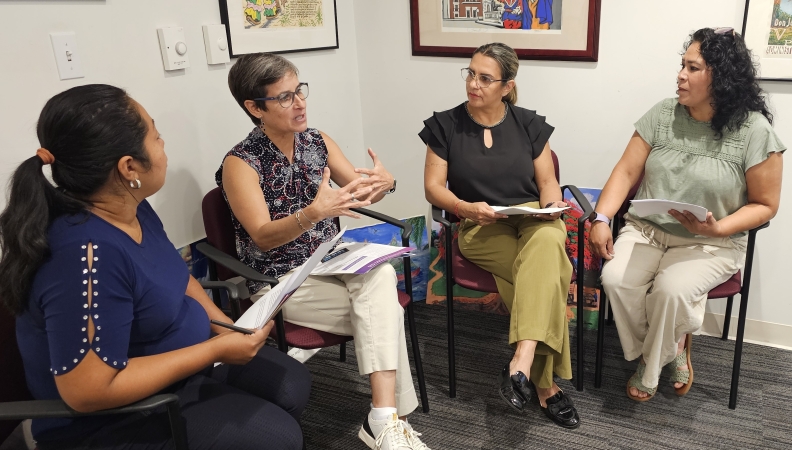In the Age of TikTok This Org is Safeguarding Public Interest
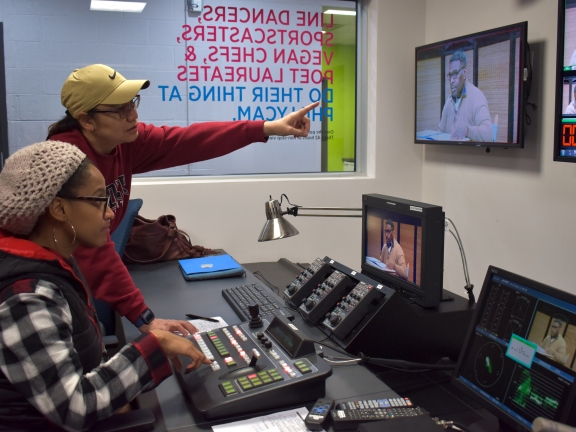
PhillyCAM is a community media center committed to teaching, creating, and distributing community-produced media content on cable television, FM radio, and online. IPMF supports PhillyCAM's, a key grantee partner, role as a community connector and network builder for diverse local media makers and producers.
The following is a conversation with Gretjen Clausing, PhillyCAM’s executive director.
IPMF: In the age of TikTok, public access channels can seem like a relic from another time, but PhillyCAM plays an important role in the city’s information ecosystem. How do you think about the value of community-owned and community-led media?
Gretjen Clausing: Folks started getting interested in public access in Philadelphia about thirty years ago when independent filmmakers were feeling like they weren’t being represented or didn’t have access to channels of distribution through local broadcasts. Public access is about safeguarding the public interest and making sure we can all express ourselves on cable television or community radio in a way that isn’t transactional. It’s about having media spaces that are non-commercial and not beholden to those interests. It has grown to be a critical tool for alternative narratives and folks working at the grassroots level who aren't necessarily being covered in the mainstream media. When people see themselves on television or hear themselves on the radio, it gives them agency to feel represented within the city. That is really incredibly powerful.
We feel like we're achieving our mission when we are able to amplify the city in all its complexity.
What practices does PhillyCAM use that allows for trust to be created and sustained within the community?
Gretjen: First and foremost, the people creating the content we share on PhillyCAM are community members themselves. So, the storytellers are the audience; we are the community. What PhillyCAM does is support people through the process. Everybody comes to us with different identities, different points of view, and different goals, but they are all getting the same training, equipment, and access to the studios.
We are trying to encourage a culture of collaboration, which isn’t difficult because media is inherently collaborative. We just create opportunities for those connections to happen, and we designed the space in a way that makes it possible for there to be informal gatherings around a table in our lobby or hanging out by the radio station as musicians or guests come in and out. We have this role as a community connector.
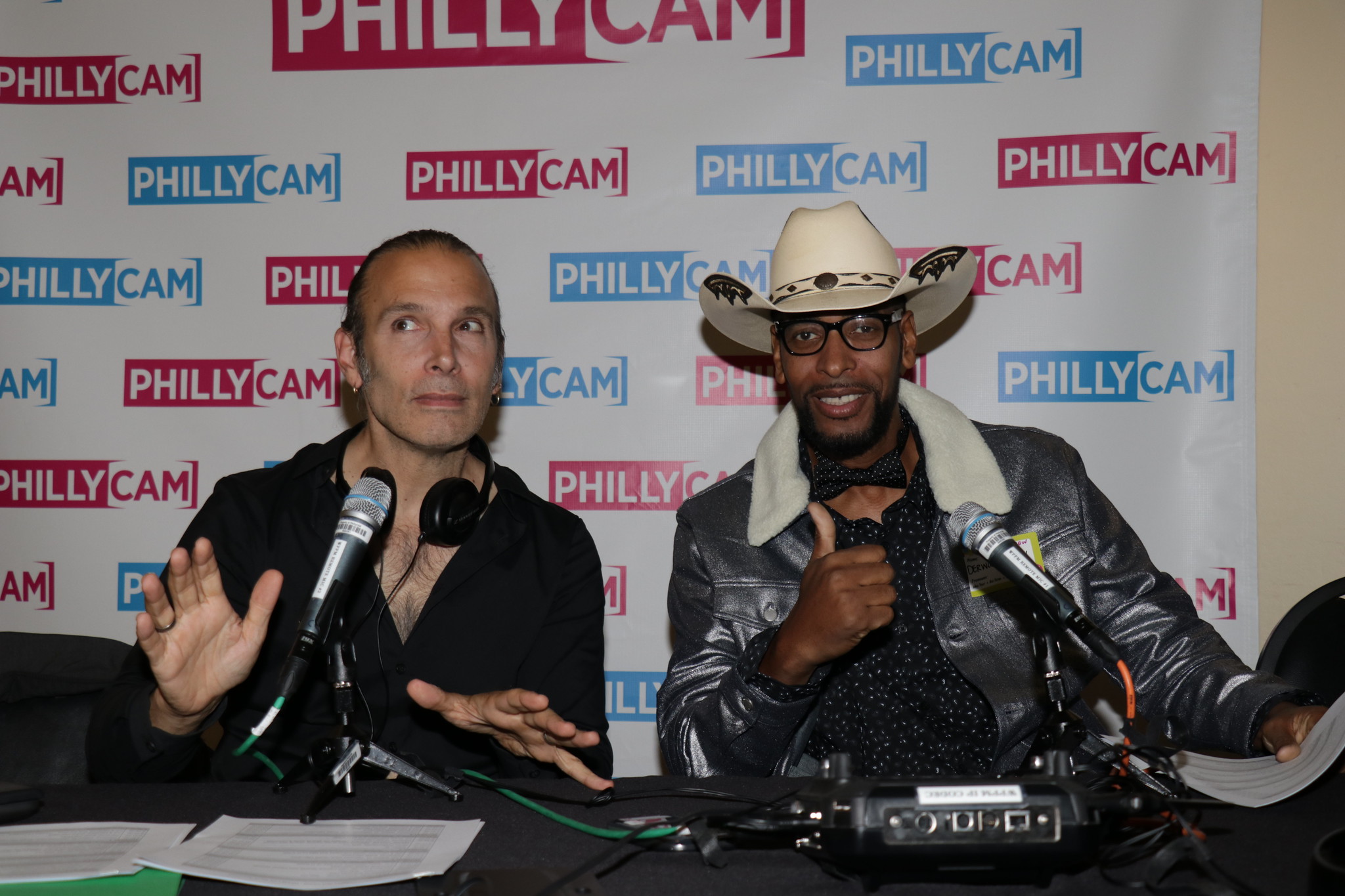
You mentioned that it’s important for PhillyCAM to be representative of the city. Why is that important to you, and how do you make sure you’re achieving that aim?
Gretjen: Historically, public access television has operated on a first-come-first-serve basis, but that thinking has evolved over the years and the field now believes that’s not enough — because generally what happens is that the folks who feel most entitled are the ones that show up. You need to think about strategies for inviting people in and meeting them where they are. We want young people on the channel, and we also want seniors. So, we go out, we find them, and we bring them in.
Six years ago, we looked at the city’s demographics and realized that our membership did not have equivalent participation that matched the number of Latinx folks living in Philadelphia. We invested in efforts that would increase their engagement: training in Spanish, bilingual programming. Once you create a shared ownership, it gets easier. It becomes more of a collective effort.
How did equity become a priority?
Gretjen: Actually, this was part of our formation. The fight for public access that brought PhillyCAM into existence was fought by a broad-based coalition of activists who lobbied city council. So, right from the start we had a governance process and leadership structure that was built to be representative. Two-thirds of our board are elected by our membership and half are nominated by nonprofits that are cited in our bylaws. We recently completed a strategic plan, and even though we are happy with where we are, we know there's still much more we need to do to really be achieving our goal of a multiplicity of perspectives and voices on our radio and TV channels.
PhillyCAM has recently started to explore the idea of community media as community care. Tell me what that means to you.
Gretjen: This is an idea that came from our former colleague Antoine Haywood, who is now at the Annenberg School for Communication. His research explores the impact of community media. When folks come to PhillyCAM, we want to help them achieve their goals, and to do that, we have to see the full person. Sometimes someone just needs resources. Other times, people need confidence and to be listened to. That’s part of the trust building, too.
During our People Power Media Festival, a lot of people, particularly folks from under-represented communities, talked about the importance of being seen and the power of having the opportunity to speak their truths. They talked about the virtue of being able to share information and resources — or tell the stories from their neighborhoods in ways that represent them and allow people to be seen as their full selves. All of this has an impact. As a staff, we are still working to articulate this idea for ourselves, but we all feel it in some way and are hoping to create opportunities to explore it more.
